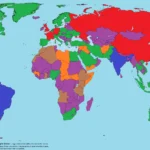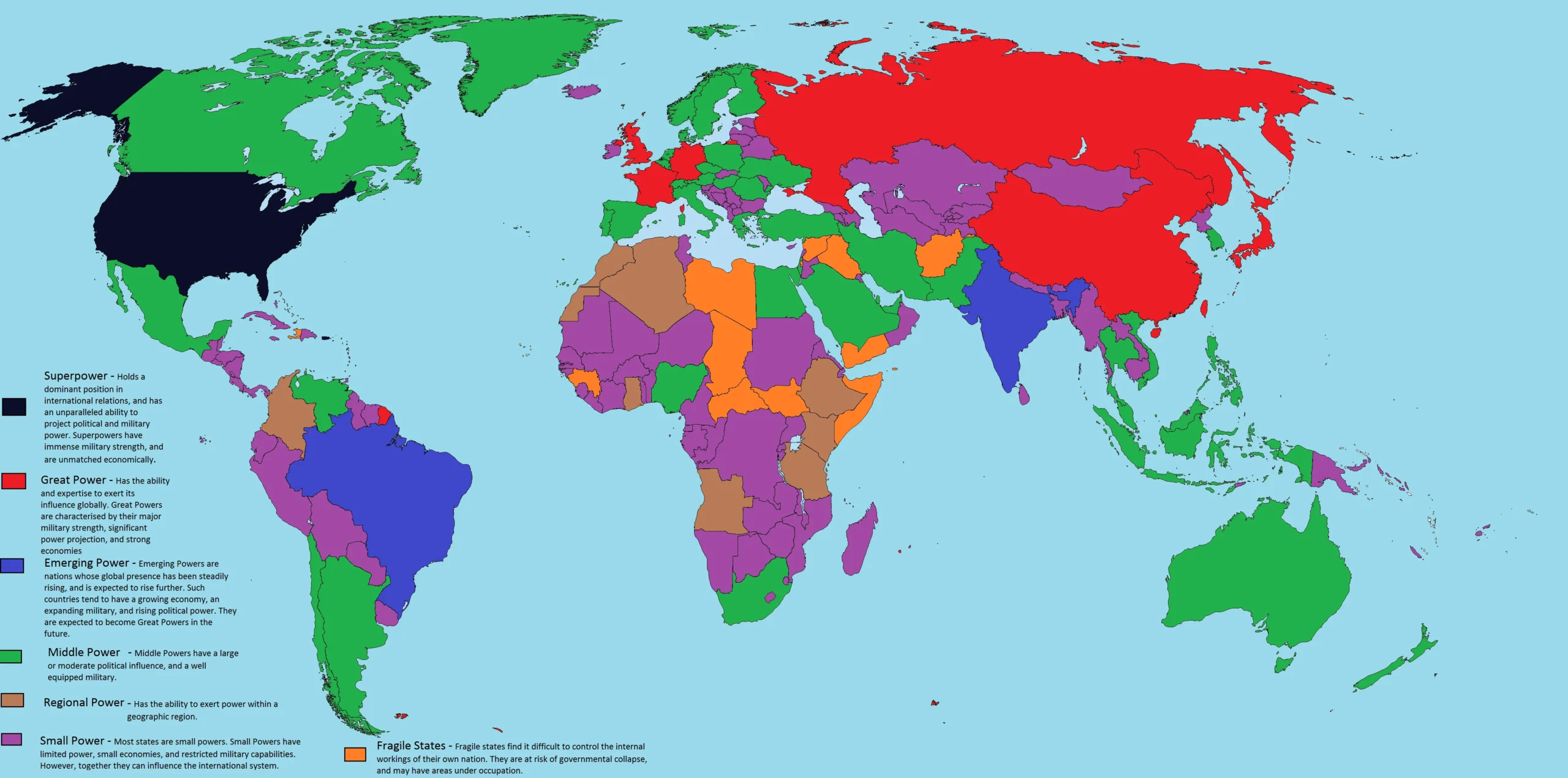The wealth of African food:
a journey through taste and tradition The food in Africa is as vivid and diverse as the continent itself. Africa’s culinary traditions are a vibrant visual tissue of history, culture and nature, consisting of 54 nations and more than a thousand ethnic groups. African food tells stories of migration, trade and fellowship, from spicy stew in the west -Africa to the rich grains in the north Africa and the salty grills in the south.
Nature -inspired ingredients fed in Africa are deeply rooted in the country. Common ingredients include grains such as millet, sorghum, yams, cassava, planets and rice. Fresh vegetables such as okra, eggplant, spinach and tomatoes often have meals, along with a variety of meat and seafood. Spices such as ginger, garlic, chili and cloves give dishes to life, while nuts such as peanuts (peanuts) provide wealth and depth to sauces.
Regional flavors West Africa:
This region is known for cordial dishes such as Jollof Rice, Egusi soup and Suya (grilled meat spear). Meals often have bold spices and rich, creamy textures.
East Africa:
Here you will find Injera (a sour flatbread) in Ethiopia and aromatic casseroles flavored with berbs spice. In coastal areas such as Kenya and Tanzania, coconut milk and seafood are important ingredients.
North Africa:
affected by Arab, Berber and Mediterranean kitchens, has North African food couscous, tagines and dishes heavily seasoned with cumin, cinnamon and saffron.
South Africa:
Braais (barbecue) is a cultural cornerstone, and corn-based dishes that pap are common. Career is also popular in countries such as South Africa, which is influenced by Indian immigrants. Food and connection food are more than just one way to eat in African culture.
African food on the global scene:
Today, African cuisine wins popularity on a global scale. Restaurants all over the world showcase African flavors, and cooks reflect traditional dishes in modern, exciting ways. Still, the core, African food is still a celebration of history, resilience and unity.
conclusion:
African food is a vivid reflection of the continent’s rich history, different cultures and deep connection to nature. Each plate bears the story of a people, a region and a lifestyle. Either through the bold spices in the west -Africa, the aromatic flavors in the east, or the cordial meals of the south, African food continues to bring people together, celebrating community, tradition and creativity. As African food gets more recognition around the world, there is still a proud symbol of identity and resilience – a true party for both the body and the soul.
FAQ’S on african food
1. What is African food?
African food refers to the diverse and rich culinary traditions of the African continent. Each region-North, West, East, Central and South Africa-has unique flavors, ingredients and cooking techniques affected by history, climate and culture.
2. What are some popular African dishes?
Some popular dishes include:
- Jollof Rice (Vest -Africa)
- Injera with Doro Wat (Ethiopia)
- Bunny Chow (South Africa)
- Tagine (Morocco)
- FUFU and Egusi Soup (Vest -Africa)
- Suya (Nigeria)
3. What are the main ingredients used in African cooking?
Regular ingredients include:
- Grains like millet, sorghum and rice
- Root vegetables such as yams, cassava and sweet potatoes
- Legumes such as lenses and black -eyed peas
- Meat such as beef, chicken, goat and fish
- Spices as Berbers, Peri-Peri and Suya Spice Blends
- Leafed greens, tomatoes, onions and paprika
4. Is African food seasoned?
Many African dishes are rich in spices and can be spicy, but it varies by region and recipe. For example, Ethiopian food often uses a lot of heat, while Moroccan dishes focus more on aromatic spices such as cinnamon and cumin.











